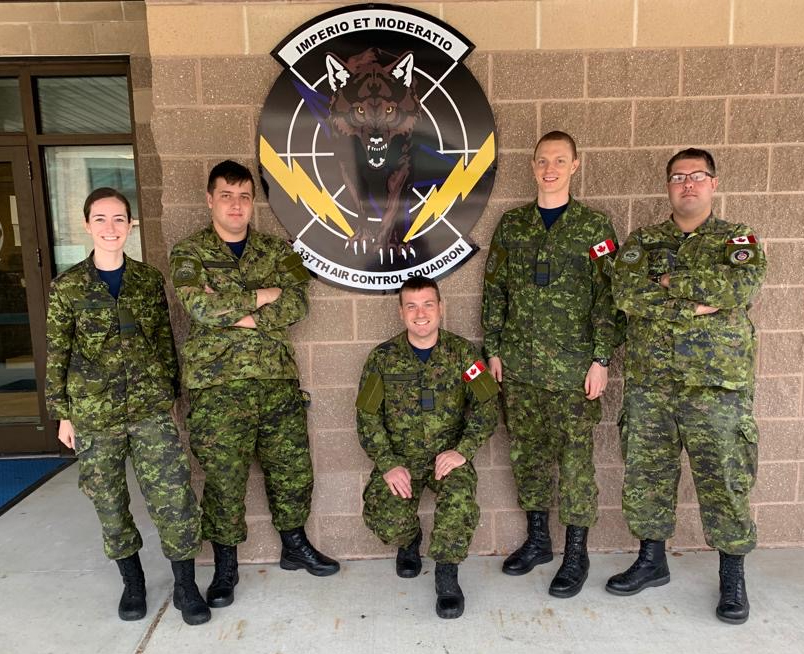Estimated reading time 2 minutes, 47 seconds.
To meet the high demand for qualified air battle managers (ABM), 51 Aerospace Control and Warning (Operational Training) Squadron, located at 22 Wing North Bay, Ont., had to be innovative.

The answer to the training challenge was located more than 2,000 kilometres away — at Tyndall Air Force Base in Florida. Tyndall is home to the 337th Air Control Squadron, nicknamed the “Doghouse”.
From Oct. 12 to Nov. 9, 2019, two Canadian ABM students and three instructors accessed a unique way to source live and synthetic training and were the first ABM students to complete their live check-out at 337th Squadron, the American ABM training equivalent of 51 Squadron.
In the first few days, the students learned about the capabilities of their American counterparts. The scheduling office at 337th Squadron plays a considerable role in the successful training of American ABM students. Their resources were extended to 51 Squadron, providing the course personnel with several missions. In turn, the Canadians provided “Doghouse” students with additional missions from previously established contacts with fighter squadrons–all of which facilitated collaboration.
Furthermore, students had the valuable opportunity to directly contact flight leads and scheduling officers from numerous fighter squadrons across eastern United States. This allowed students to schedule missions, ensure they had input in mission planning, and most importantly, establish positive connections across the United States Air Force (USAF).
During their downtime, the Canadian students became familiar with their American counterparts, and discussed similarities and differences between American and Canadian ABM training, ABM postings, USAF culture, and how they enjoyed their time in Florida. The American students were quick to answer questions and help out when able, making 51 Squadron personnel feel welcome.
By applying an innovative approach to address the need for an additional training environment, 51 Aerospace Control and Warning (Operational Training) Squadron was able to increase the numbers of capable air battle managers in the Royal Canadian Air Force while ensuring the delivery of high quality instruction.








